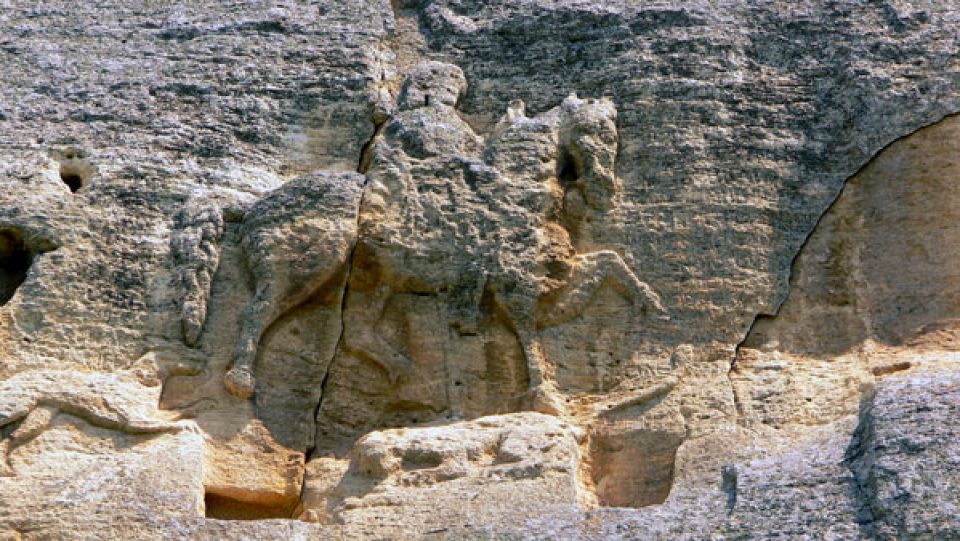Florin Curta
Professor / Department of History
About
Florin Curta is a specialist in the history and archaeology of the Middle Ages, with a particular interest in East Central and Eastern Europe between ca. 500 and ca. 1250. He received his Ph.D. from Western Michigan University (1998), and is the recipient of a NEH fellowship at the American School of Classical Studies in Athens; a senior fellowship in Byzantine Studies at Dumbarton Oaks; membership in the Institute for Advanced Study, School of Historical Studies, in Princeton; an American Council of Learned Societies postdoctoral fellowship in East European Studies; and a visiting scholarship from the Corpus Christi College in Oxford. He has taught at the University of Florida since 1999, and is the founding member of the Medieval and Early Modern Studies program. His first book, The Making of the Slavs (Cambridge University Press, 2001) won the Herbert Baxter Adams Award of the American Historical Association in 2003. He is also the author of five other books: Southeastern Europe in the Middle Ages, 500-1250 (Cambridge University Press, 2006), The Edinburgh History of the Greeks, c. 500 to 1050. The Early Middle Ages (Edinburgh University Press, 2011), Eastern Europe in the Middle Ages (500-1300)(Brill, 2019), Slavs in the Making. History, Linguistics and Archaeology in Eastern Europe (ca. 500-ca. 700)(Routledge, 2021), and The Long Sixth Century in Eastern Europe (Brill, 2021). He has edited two collections of studies on East Central and Eastern Europe in the Middle Ages (University of Michigan Press, 2005; and Routledge, 2021), one on frontiers in Late Antiquity and the early Middle Ages (Brepols, 2005), another on nomads in Eastern Europe (Brill, 2008), an a fifth on “neglected barbarians” (Brepols, 2010). He is the editor of the online Bibliography of the History and Archaeology of East Central and Eastern Europe between 500 and 1250 (Brill, 2019). Curta is the co-editor of the Brill series “East Central and Eastern Europe in the Middle Ages, 450-1450” and of the Palgrave Macmillan series “New Approaches to Byzantine History and Culture.” He is the director of the certificate program in Medieval Archaeology at the University of Florida.
Curta is currently working on a book manuscript on the social archaeology of the Avar age in East Central Europe (ca. 570 to ca. 800).
Contact Information
Email: fcurta@ufl.edu
Phone: (352) 273-3367
Office: 202 Flint Hall
Office Hours:
Tuesday, 2.00-4.00, or by appointment
Mailing address:
202 Flint Hall
P.O. Box 117320
University of Florida
Gainesville, FL 32611-7320
